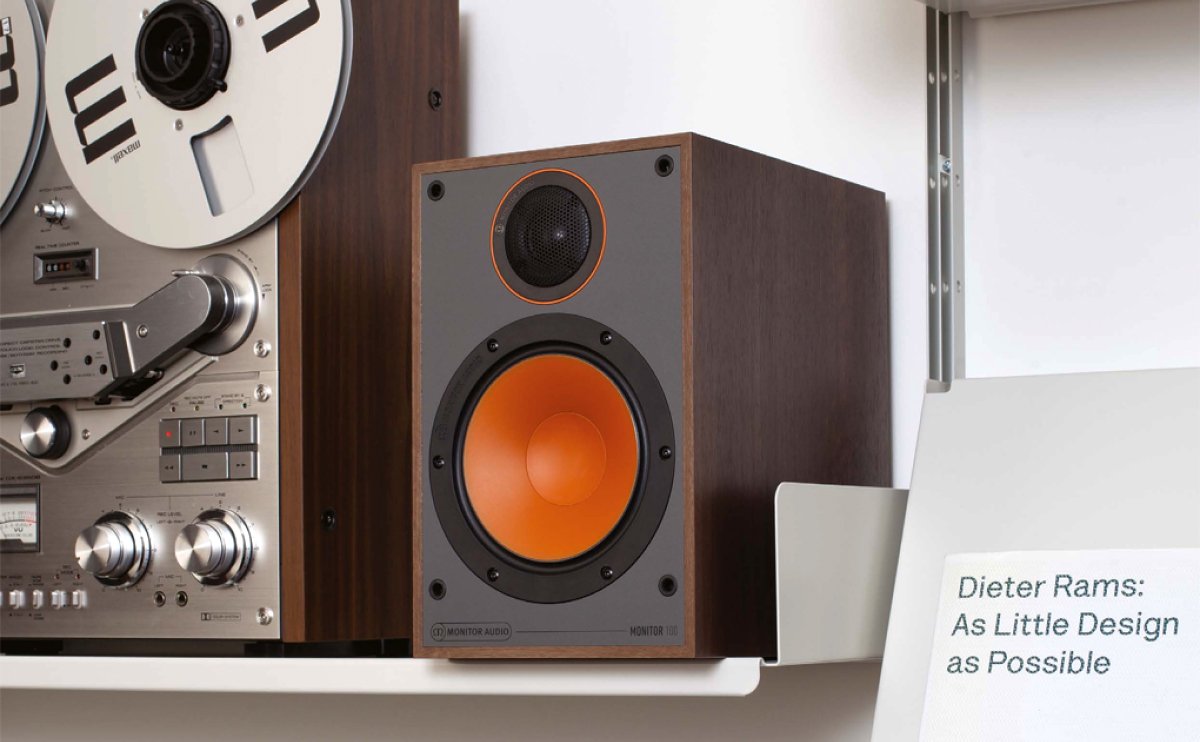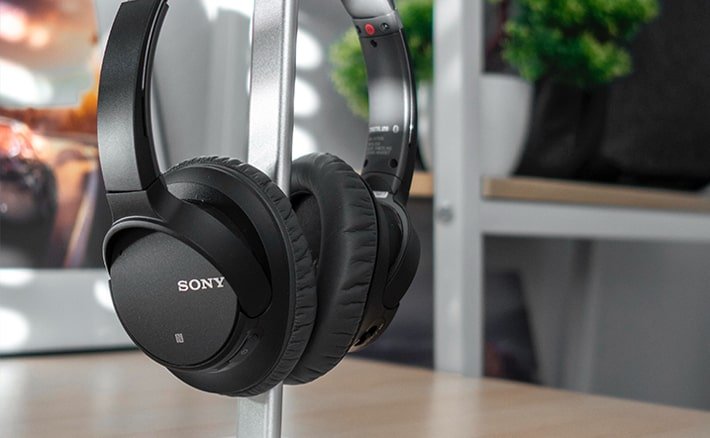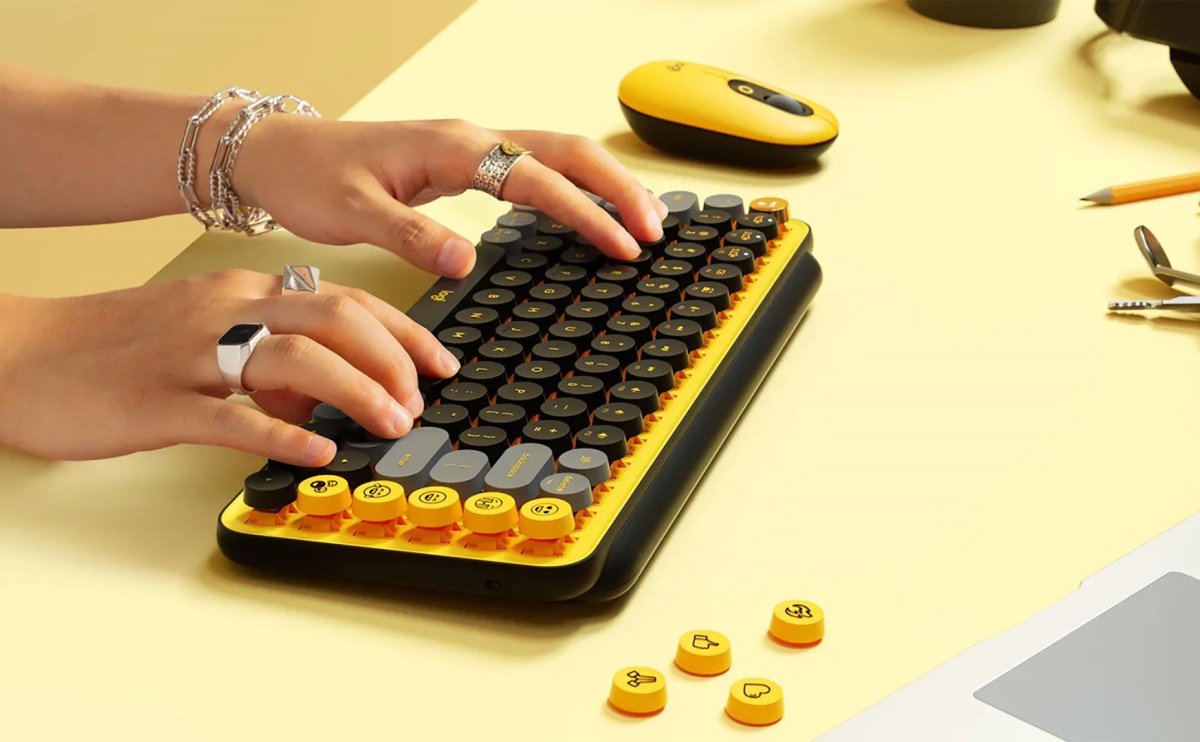Blog
How to choose a HI-FI stereo

Understanding the Core Components
A standard Hi-Fi setup includes a source, an amplifier, and speakers. The source is where your music comes from – this could be a turntable for vinyl, a CD player, or increasingly common, a network streamer with a DAC (Digital-to-Analog Converter) for high-resolution digital files and streaming services. The amplifier acts as the system's brain, boosting the signal from the source to power the speakers. An integrated amplifier combines pre-amplification (volume control, input selection) and power amplification into one unit, making it a popular choice.
The most crucial component is arguably the speakers. They dictate the overall "sound signature" of your system. You'll find bookshelf speakers for smaller rooms or floorstanding speakers (towers) for larger spaces, offering richer bass and greater presence. Some speakers are "active" or "powered," meaning they have built-in amplifiers, simplifying the setup.
Key Considerations for Selection
Budget is paramount; define a realistic range for your entire system. Your listening space also plays a huge role – a small room might sound boomy with large speakers, while tiny speakers could get lost in a big room.
Auditioning is non-negotiable. Visit a Hi-Fi store and listen to different combinations with your own music. Pay attention to clarity, detail, soundstage (how the music fills the space), bass quality (tight vs. boomy), and treble (clear vs. harsh). This hands-on experience helps you find a sound you truly love.
Finally, don't overlook cables and speaker placement. Good quality cables minimize signal loss, and proper speaker positioning (distance from walls, toe-in) can dramatically enhance sound quality. Starting with core components and upgrading later is a common and smart approach to building your ideal Hi-Fi system.
professional look and ease of use. Aldus Corporation, which later merged with Adobe Systems, ushered lorem ipsum into the information age with its desktop publishing software Aldus PageMaker.
The program came bundled with lorem ipsum dummy text for laying out page content, and other word processors like Microsoft Word followed suit. More recently the growth of web design has helped proliferate lorem ipsum across the internet as a placeholder for future text—and in some cases the final content (this is why we proofread, kids).
So when is it okay to use lorem ipsum? First, lorem ipsum works well for staging. It’s like the props in a furniture store—filler text makes it look like someone is home. The same WordPress template might eventually be home to a fitness blog, a photography website, or the online journal of a cupcake fanatic. Lorem ipsum helps them imagine what the lived-in website.
So when is it okay to use lorem ipsum? First, lorem ipsum works well for staging. It’s like the props in a furniture store—filler text makes it look like someone is home. The same WordPress template might eventually be home to a fitness blog, a photography website, or the online journal of a cupcake fanatic. Lorem ipsum helps them imagine what the lived-in website might look like.









